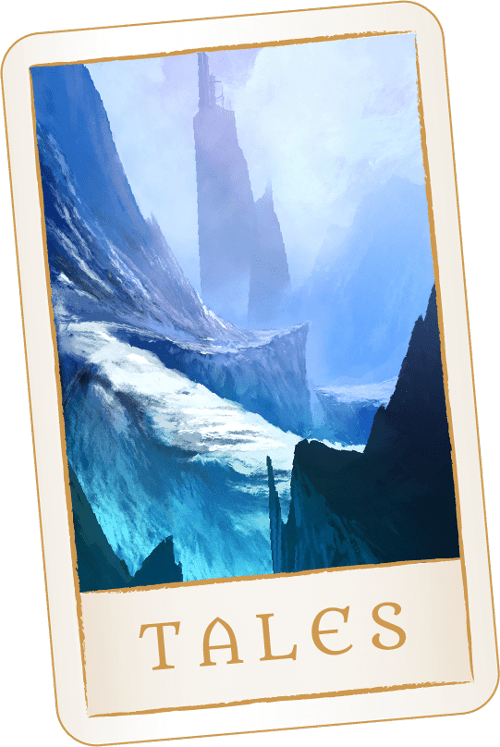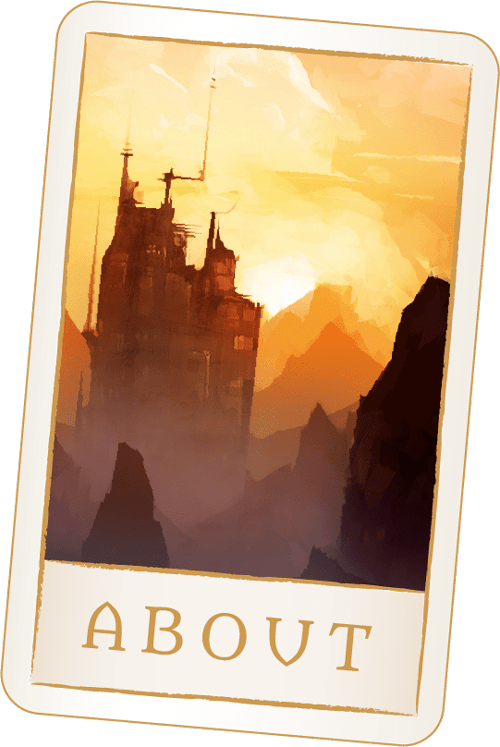There’s a balance. Am I right? There’s a line to be drawn where artistic interpretation gives way to pragmatic reality. All too often though that line tends toward the latter in our money-obsessed, bottom-line world. The gatekeepers of contemporary music, literature, and film, seem obsessed with what they think people should hear, read, or see. It’s the studios, publishers and their agents who are calling the tune rather than musicians, writers and directors, who all have to tow a very tight line to get their work to a wider audience.
At least social media has upset this cozy arrangement to some extent in the music world, but how many more super-hero films do we have to sit through? This from someone who used to adore Marvel comics when he was a kid. And we really should have left Star Wars at IV, V & VI. As someone who’s about to try and get his book published, I’ll not delve too deeply into the world of literature, save to say that, like the other two fields, it appears to be completely risk averse. How many promising manuscripts have been sacrificed on the altar of familiarity? Do we really need to be subjected to well-known authors of questionable talent churning out their umpteenth uninspired book or, even worse, producing yet another collaborative effort of fiction?
What prompted these musings? Well, two things really. The first was a documentary about the life and times of Freddie Mercury, with the emphasis on Bohemian Rhapsody (the song), and the second, another documentary, this time “Jodorowsky’s Dune”. Both are instances of unrestricted artistic vision, one successful, the other not. Why?
Kudos to Queen for going out on a limb and insisting their song be released as a single, despite the hostility of their record company to such an idea – a six-minute single! But the group were determined. They believed in their vision. They’d refined and polished it and they were going ahead with it, no matter what. The rest is history.
So, what happened to Jodorowsky’s Dune? This was my second viewing of the documentary, prompted by the proposed release of Denis Villeneuve’s latest film adaptation towards the end of this year. And here’s hoping. Whilst liking many aspects of David Lynch’s 1984 version, it didn’t really do justice to Frank Herbert’s iconic novel.
I recall the first time I watched the documentary; it was something of a revelation. I can only think I was seduced by the graphics: Jean “Moebius” Giraud, Chris Foss, and H.R. Giger all at play – who wouldn’t be? On second viewing however, doubts began to creep in. Suddenly, it seemed to me, that this version was all about the director. Was Salvador Dali, his monstrous ego in tow, really the only person in the known universe who could portray the Padishah Emperor? Was Orson Welles truly motivated, when his main request was that the director should buy him dinner every night of the shoot at his favourite Parisian restaurant?
Other sources describe Jodorowsky’s visions for the film; images that his artists and visual effect specialists would need to portray:
“I wanted jewels, machine-animals, soul-mechanisms… womb-ships, antechambers for rebirth into other dimensions… whore-ships driven by the semen of our passionate ejaculations… hummingbird ornithopters which fly us to sip the ancient nectar of the dwarf stars giving us the juice of eternity… caterpillar-tracked hot rods so vast that their tails would disappear behind the horizon… machines greater than suns wandering crazed and rusted, whimpering like dogs seeking a master… thinking wheels hidden behind meteorites, waiting, camouflaged as metallic rocks, for a drop of life to pass through those lost galactic fringes to slake thirsty tanks with psychic secretions.” Now whilst having no inherent objections to these concepts, and accepting that they do, quite effectively, portray the immensity of the universe, they don’t actually appear in Dune, nor are they in fact uppermost in the residual impressions left by Herbert’s novel.
On top of which there’s the storyboard for the film: a magnificent collection of three thousand drawings put together by the incomparable Moebius. Yes, but overseen by Jodorowsky. Suddenly I’m seeing images of Duke Leto being tortured, having his limbs amputated; and in the grand finale, Paul himself is murdered, whereupon his soul, his very being, is transferred into the planet Arrakis, which is transformed from a desert world into an oasis. He passes too into its denizens, the Fremen, who will spread his message out into the galaxy.
Now all of this would have been well and good had the film been based on an original screenplay. But it wasn’t. It was based on a book read and loved by millions the world over. A book which had an entirely different ending. It must also be mentioned that Paul, it’s main protagonist, was very skeptical of iconic religious leaders spreading messages throughout the universe. Personally, I’m not even taking too kindly to a slight change in Villeneuve’s new film: the transformation of Liet-Kynes from man into woman. I’m a firm advocate of gender equality but let’s be honest, it’s not as though the story is crying out for strong female characters, is it!?
And so, to the final nail in the project’s coffin, where Jodorowsky’s own ego really does become apparent. It’s at this point where I began to wonder if he truly wanted to complete the film. In the documentary, Michel Seydoux, the producer, outlines the situation when he accompanied Jodorowsky to Hollywood in an attempt to secure the final $5 million funding that was required to complete the project. “Everything was great except the director,” he recalls. There was skepticism that the controversial character behind El Topo and the Holy Mountain, two of his earlier left-field films (look left and then try to imagine a point far, far over the horizon), could actually pull it off.
And yet… and yet. He might still have been given the opportunity, but for one small matter, and it’s at this point that I suspect a hint of megalomania began to assert itself. Despite the immense amount of preparation he had put into the film, despite his passion for the project, it was at this point that he drew a line in the sands of Arrakis that the studio couldn’t even get near to. A line whose position he would not compromise upon. He asserted that the running time for the film should be 10 to 12 hours! This, let it be noted, in an era when sci-fi/fantasy trilogies were not yet upon us.
So, we’re left wondering. Queen: two-and-a-half minutes to six minutes. Jodorowsky: two-and-a-half hours to six hours? What might have happened if only he’d moved that line?



